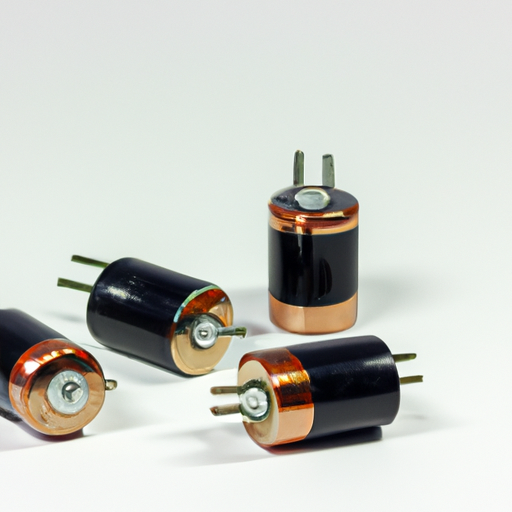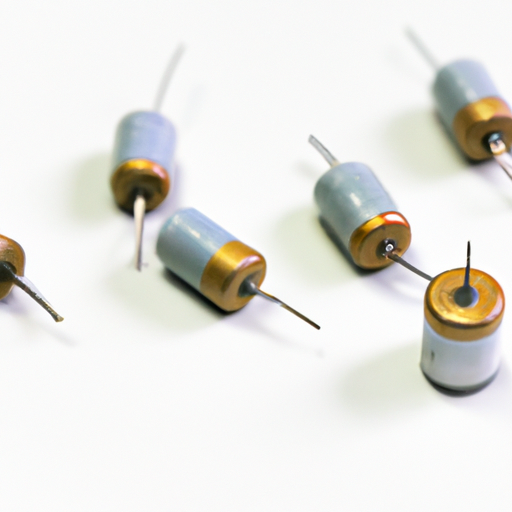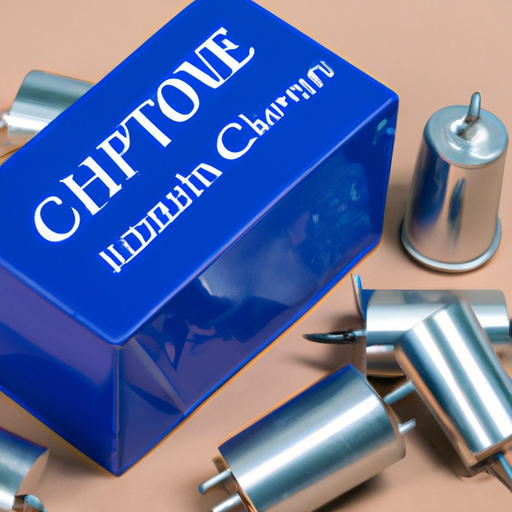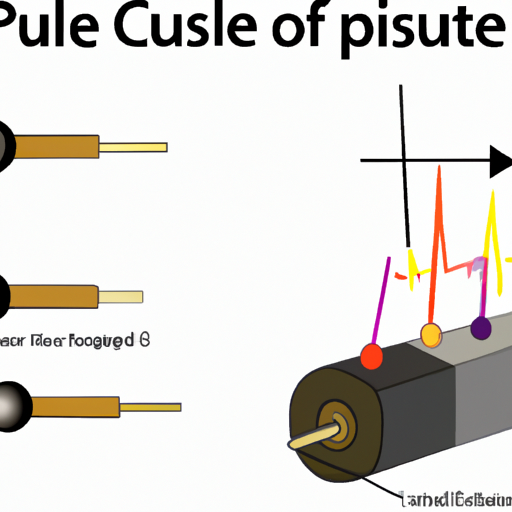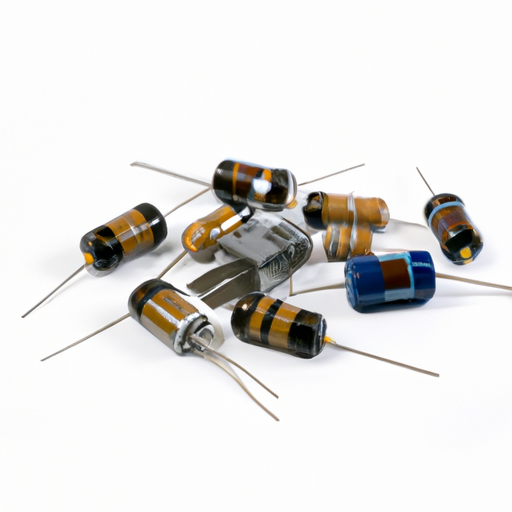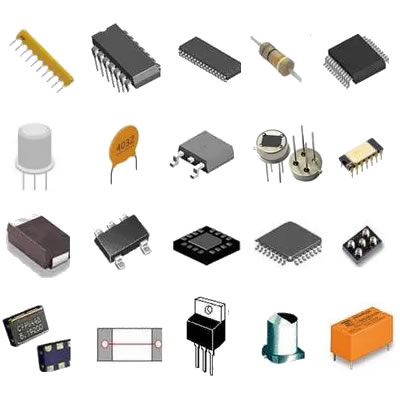What are the advantages of coupling capacitor products?
What are the Advantages of Coupling Capacitor Products?
I. Introduction
In the realm of electronics, coupling capacitors play a pivotal role in ensuring the smooth operation of various circuits. These components are designed to allow alternating current (AC) signals to pass while blocking direct current (DC), making them essential for signal transmission in a wide array of applications. This article aims to explore the advantages of coupling capacitor products, shedding light on their significance in modern electronic devices.
II. Understanding Coupling Capacitors
A. Basic Principles of Operation
Coupling capacitors function based on the principle of capacitance, which is the ability of a component to store electrical energy in an electric field. In electronic circuits, coupling capacitors serve two primary functions: they allow AC signals to pass from one stage of a circuit to another while blocking DC components, and they help to isolate different parts of a circuit to prevent unwanted interactions.
1. **Functionality in AC and DC Circuits**: In AC circuits, coupling capacitors facilitate the transfer of signals between stages, ensuring that the desired frequencies are transmitted without distortion. In contrast, they block DC signals, which can interfere with the operation of sensitive components.
2. **Role in Signal Transmission**: By allowing only AC signals to pass, coupling capacitors maintain the integrity of the signal, ensuring that the output remains faithful to the input. This is particularly important in audio and communication devices, where signal clarity is paramount.
B. Types of Coupling Capacitors
There are several types of coupling capacitors, each with its unique characteristics and applications:
1. **Ceramic Capacitors**: Known for their small size and reliability, ceramic capacitors are commonly used in high-frequency applications. They offer low equivalent series resistance (ESR) and are suitable for decoupling and coupling in various circuits.
2. **Electrolytic Capacitors**: These capacitors are polarized and typically used in applications requiring higher capacitance values. They are often found in power supply circuits and audio equipment, where they help to smooth out voltage fluctuations.
3. **Film Capacitors**: Film capacitors are known for their stability and low loss characteristics. They are often used in audio applications due to their excellent performance in preserving signal quality.
C. Applications in Various Electronic Devices
Coupling capacitors are utilized in a wide range of electronic devices, including audio amplifiers, radio frequency (RF) circuits, and power supply systems. Their ability to facilitate signal transmission while blocking unwanted DC components makes them indispensable in modern electronics.
III. Advantages of Coupling Capacitor Products
A. Signal Integrity
1. **Preservation of Signal Quality**: One of the primary advantages of coupling capacitors is their ability to preserve signal quality. By blocking DC components and allowing only AC signals to pass, they ensure that the output signal remains true to the input, minimizing distortion.
2. **Reduction of Noise and Distortion**: Coupling capacitors help to filter out unwanted noise and interference, enhancing the overall performance of electronic circuits. This is particularly crucial in audio applications, where clarity and fidelity are essential.
B. Frequency Response
1. **Wide Frequency Range Support**: Coupling capacitors are designed to operate effectively across a broad frequency range. This versatility allows them to be used in various applications, from low-frequency audio circuits to high-frequency RF systems.
2. **Ability to Block DC While Allowing AC Signals**: The unique functionality of coupling capacitors enables them to block DC signals while permitting AC signals to pass. This characteristic is vital for maintaining the integrity of signals in mixed-signal environments.
C. Size and Form Factor
1. **Compact Designs for Space-Constrained Applications**: Many coupling capacitors, particularly ceramic types, are available in compact sizes, making them ideal for applications where space is limited. This is especially important in portable devices and miniaturized electronics.
2. **Variety of Package Sizes to Suit Different Needs**: Coupling capacitors come in various package sizes and configurations, allowing designers to select the most suitable option for their specific applications.
D. Cost-Effectiveness
1. **Affordable Options for Mass Production**: Coupling capacitors are available at various price points, making them accessible for mass production. Their affordability contributes to the overall cost-effectiveness of electronic devices.
2. **Long-Term Reliability Reducing Maintenance Costs**: High-quality coupling capacitors are designed for durability and reliability, reducing the need for frequent replacements and maintenance. This long-term performance translates to lower operational costs for manufacturers and consumers alike.
E. Versatility
1. **Compatibility with Various Circuit Designs**: Coupling capacitors can be easily integrated into a wide range of circuit designs, making them versatile components in electronic engineering. Their adaptability allows engineers to use them in diverse applications.
2. **Use in Diverse Applications from Audio to RF Circuits**: Whether in audio amplifiers, communication devices, or power supply circuits, coupling capacitors play a crucial role in ensuring optimal performance across various electronic applications.
F. Thermal Stability
1. **Performance Under Varying Temperature Conditions**: Coupling capacitors are designed to operate effectively across a range of temperatures. This thermal stability ensures consistent performance, even in challenging environmental conditions.
2. **Resistance to Thermal Degradation Over Time**: High-quality coupling capacitors exhibit resistance to thermal degradation, ensuring that their performance remains reliable throughout their lifespan.
G. Ease of Integration
1. **Simple Incorporation into Existing Designs**: Coupling capacitors can be easily integrated into existing circuit designs, allowing engineers to enhance performance without significant redesign efforts.
2. **Standardization Across the Industry**: The widespread use of coupling capacitors has led to standardization in their specifications, making it easier for engineers to select the right components for their applications.
IV. Specific Applications Highlighting Advantages
A. Audio Equipment
1. **Role in Amplifiers and Mixers**: In audio equipment, coupling capacitors are essential for connecting different stages of amplifiers and mixers. They help to maintain signal integrity and prevent distortion, ensuring high-quality sound reproduction.
2. **Impact on Sound Quality**: The use of high-quality coupling capacitors in audio circuits can significantly enhance sound quality, making them a critical component in professional audio equipment.
B. Communication Devices
1. **Use in RF Circuits**: Coupling capacitors are widely used in RF circuits to facilitate signal transmission while blocking unwanted DC components. Their ability to maintain signal clarity is crucial for effective communication.
2. **Importance in Maintaining Signal Clarity**: In communication devices, coupling capacitors help to filter out noise and interference, ensuring that signals remain clear and intelligible.
C. Power Supply Circuits
1. **Function in Filtering and Decoupling**: In power supply circuits, coupling capacitors play a vital role in filtering out noise and decoupling different stages of the circuit. This enhances overall circuit performance and stability.
2. **Enhancing Overall Circuit Performance**: By ensuring that only the desired AC signals pass through, coupling capacitors contribute to the efficient operation of power supply systems, improving reliability and performance.
V. Challenges and Considerations
A. Limitations of Coupling Capacitors
1. **Voltage Ratings and Breakdown**: One of the challenges associated with coupling capacitors is their voltage ratings. Exceeding these ratings can lead to breakdown and failure, necessitating careful selection based on application requirements.
2. **Leakage Current Issues**: Some types of coupling capacitors, particularly electrolytic capacitors, may exhibit leakage current, which can affect circuit performance. Engineers must consider this factor when designing circuits.
B. Selection Criteria for Optimal Performance
1. **Capacitance Value**: Selecting the appropriate capacitance value is crucial for ensuring optimal performance in a given application. Engineers must consider the frequency response and impedance of the circuit when making this selection.
2. **Voltage Rating and Temperature Coefficient**: The voltage rating and temperature coefficient of coupling capacitors are essential factors that influence their performance. Engineers should choose capacitors that meet the specific requirements of their applications.
VI. Conclusion
In summary, coupling capacitors are indispensable components in modern electronics, offering numerous advantages that enhance the performance of various circuits. From preserving signal integrity to providing cost-effective solutions for mass production, their benefits are evident across a wide range of applications. As technology continues to evolve, the importance of coupling capacitors will only grow, paving the way for advancements in electronic design and functionality.
VII. References
For further exploration of coupling capacitors and their applications, consider the following resources:
1. "Capacitors: Technology and Applications" by John Smith
2. "The Art of Electronics" by Paul Horowitz and Winfield Hill
3. Industry standards and guidelines from organizations such as the Institute of Electrical and Electronics Engineers (IEEE) and the International Electrotechnical Commission (IEC).
By understanding the advantages of coupling capacitor products, engineers and designers can make informed decisions that enhance the performance and reliability of their electronic devices.

